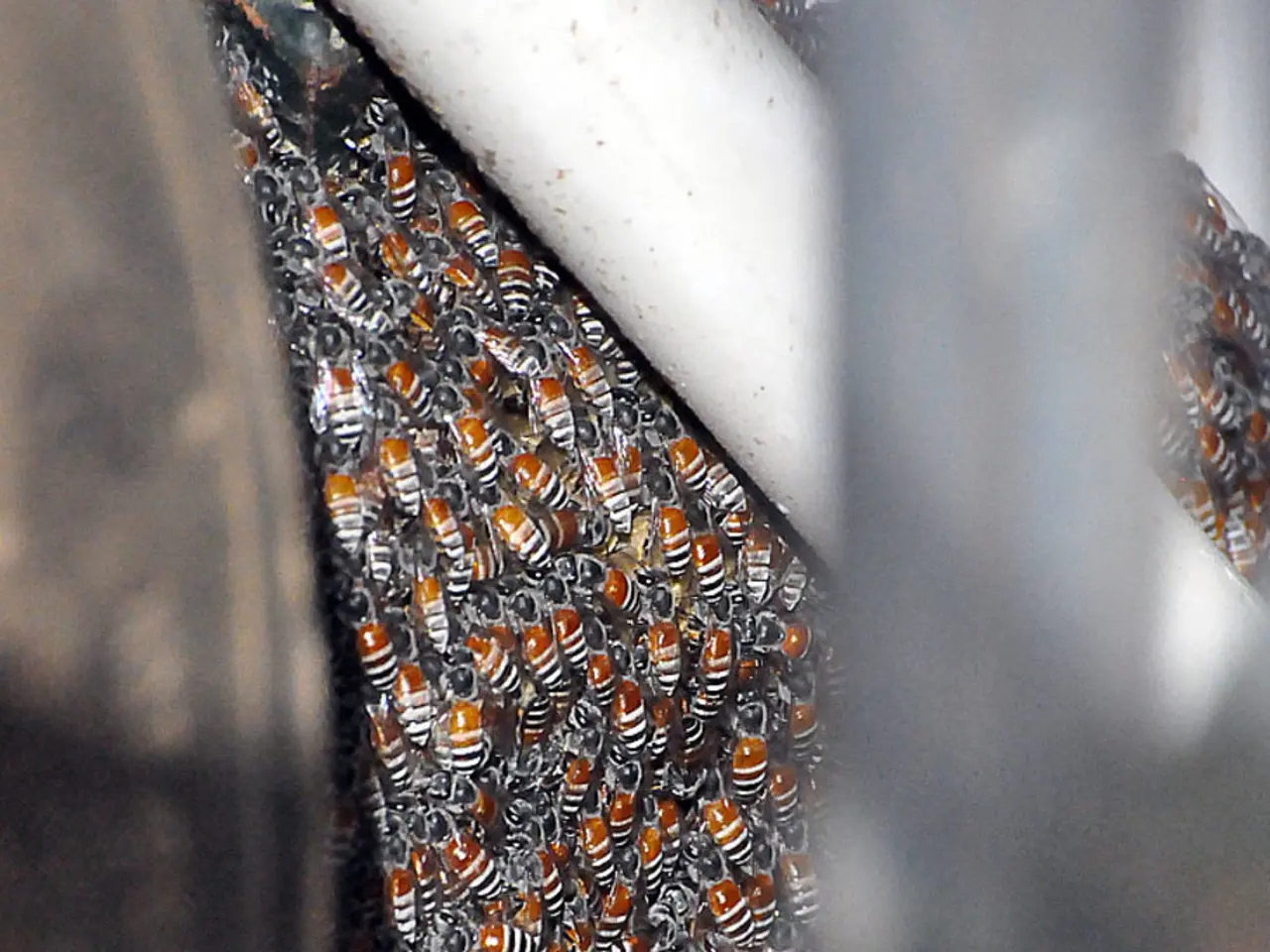Selecting Ideal Honey: A Guide
In the world of natural sweeteners, honey stands out as a nutritious and beneficial option. Packed with probiotics, organic acids, and a variety of essential vitamins and minerals, honey offers antibacterial and antifungal properties that make it a popular choice for many.
However, the quality of honey can vary greatly, and recent tests have revealed concerning trends. For instance, in 2024, only 4 out of 21 samples were deemed quality, while the following year saw an improvement with 10 out of 20 samples meeting the standards.
The composition of honey is influenced by a multitude of factors, such as the location and time of nectar collection, the level of product ripeness, and various environmental conditions. As a result, the quality can fluctuate significantly.
In a recent study, Roskachestvo tested 20 types of honey and found that half of them were of good quality. Unfortunately, some samples were collected before maturity, diluted with sugar syrup, or even fed to bees, reducing their benefits. Worryingly, 10 samples showed signs of adulteration.
So, how can consumers identify adulterated honey when purchasing?
Firstly, read labels carefully. Pure honey should list only "honey" as the ingredient. Be wary of vague labels like "honey blend," "honey product," or honey with unspecified origin, especially from countries known for adulteration such as China or Argentina.
Secondly, check the price. Authentic honey production is labour-intensive, making very cheap honey a potential sign of adulteration.
Thirdly, observe crystallisation. Pure, raw honey naturally crystallises within weeks to months. Honey that remains liquid for a very long time might be heavily processed or adulterated (exceptions include rare honeys like Jarrah).
Simple home tests can also help. For example, pure honey settles at the bottom when mixed with water, not dissolving immediately. A drop of pure honey will stay in place and not spread or absorb quickly. Pure honey burned with a candle flame produces minimal smoke or soot.
For higher certainty, especially for resale or legal contexts, laboratory methods can be used. These include Stable Carbon Isotope Ratio Analysis (EA-IRMS), Nuclear Magnetic Resonance (NMR) spectroscopy, High-performance Liquid Chromatography (HPLC), Melissopalynology (pollen analysis), and Spectroscopic methods using light and water behaviour (UV-Vis-NIR + aquaphotomics).
To prevent buying adulterated honey, purchase from reputable, traceable suppliers who provide certificates or quality assurance. Prefer raw, unfiltered honey where minor imperfections like pollen or propolis particles are visible. Avoid honey that is unusually cheap or comes without clear origin labeling. Recognise that very long-lasting liquid honey or perfectly clear honey may have been overly processed or adulterated.
It's also important to note that counterfeit honey can only be detected in a laboratory. Therefore, combining label scrutiny, simple physical checks, and preferably laboratory authentication methods when needed, can effectively identify and prevent adulterated honey purchases.
Lastly, it's not recommended to add honey to hot tea as heat reduces its biological properties. The first of the Spas, known as the Honey one, is celebrated on August 14. If honey appears cloudy or has sediment, it's best to refuse the purchase.
[1] Food Safety News. (2021). How to spot fake honey. https://www.foodsafetynews.com/2011/02/how-to-spot-fake-honey/ [2] European Commission. (2020). Honey Adulteration. https://ec.europa.eu/food/safety/analysis_sampling/laboratory_methods/honey_adulteration_en [3] International Honey Commission. (n.d.). Authentication of Honey. https://ihc-commission.org/authentication-of-honey/ [4] Food and Agriculture Organization of the United Nations. (2017). Authentication of Honey. https://www.fao.org/3/a-i6975e.pdf [5] European Union Reference Laboratory for Honey. (n.d.). Methods for the Analysis of Honey. https://eur-lex.europa.eu/legal-content/EN/TXT/?uri=CELEX:52017DC0719
- Beyond just being a sweetener, honey is also a health-and-wellness product, loaded with nutrients and offering antibacterial and antifungal properties.
- Given the concerns about the quality of honey, consumers are advised to be vigilant when purchasing, such as checking labels, price, and crystallization.
- To ensure authenticity, simple home tests can be conducted or, for more certainty, laboratory methods like Stable Carbon Isotope Ratio Analysis, Nuclear Magnetic Resonance spectroscopy, High-performance Liquid Chromatography, Melissopalynology, and Spectroscopic methods can be used.
- In a lifestyle focused on health and wellness, it's crucial to purchase honey from reputable sources, preferably raw and unfiltered, and avoid unusually cheap or ambiguously labeled honey.




